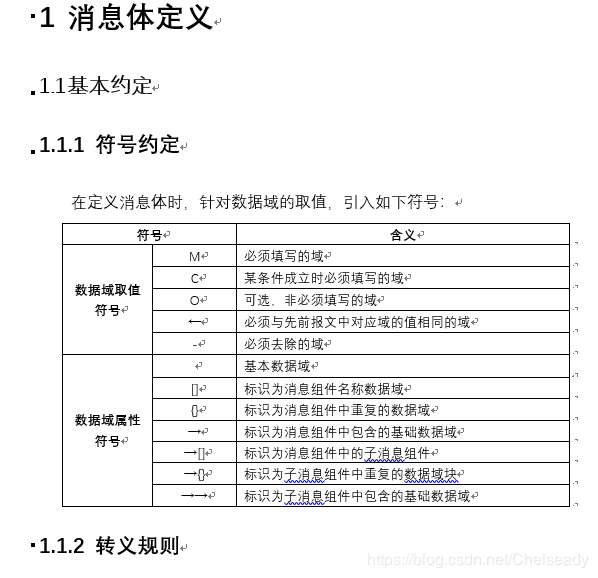详解django三种文件下载方式
一、概述
在实际的项目中很多时候需要用到下载功能,如导excel、pdf或者文件下载,当然你可以使用web服务自己搭建可以用于下载的资源服务器,如nginx,这里我们主要介绍django中的文件下载。
实现方式:a标签+响应头信息(当然你可以选择form实现)
<div class="col-md-4"><a href="{% url 'download' %}" rel="external nofollow" >点我下载</a></div>
方式一:使用HttpResponse
路由url:
url(r'^download/',views.download,name="download"),
views.py代码
from django.shortcuts import HttpResponse
def download(request):
file = open('crm/models.py', 'rb')
response = HttpResponse(file)
response['Content-Type'] = 'application/octet-stream' #设置头信息,告诉浏览器这是个文件
response['Content-Disposition'] = 'attachment;filename="models.py"'
return response
方式二:使用StreamingHttpResponse
其他逻辑不变,主要变化在后端处理
from django.http import StreamingHttpResponse
def download(request):
file=open('crm/models.py','rb')
response =StreamingHttpResponse(file)
response['Content-Type']='application/octet-stream'
response['Content-Disposition']='attachment;filename="models.py"'
return response
方式三:使用FileResponse
from django.http import FileResponse
def download(request):
file=open('crm/models.py','rb')
response =FileResponse(file)
response['Content-Type']='application/octet-stream'
response['Content-Disposition']='attachment;filename="models.py"'
return response
使用总结
三种http响应对象在django官网都有介绍.入口:https://docs.djangoproject.com/en/1.11/ref/request-response/
推荐使用FileResponse,从源码中可以看出FileResponse是StreamingHttpResponse的子类,内部使用迭代器进行数据流传输。
以上就是本文的全部内容,希望对大家的学习有所帮助,也希望大家多多支持【听图阁-专注于Python设计】。

